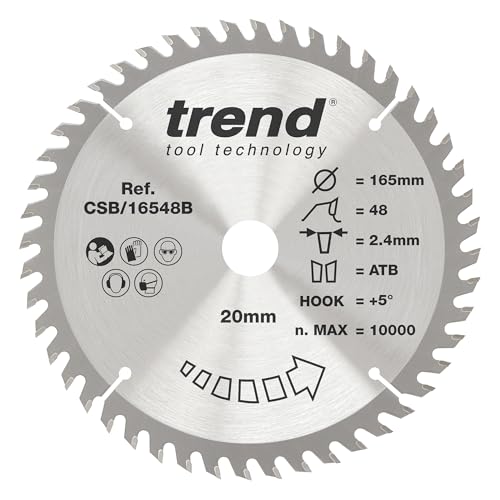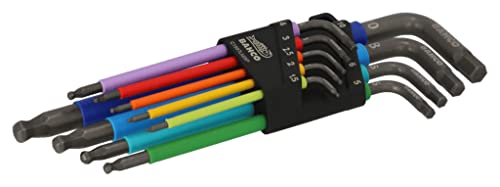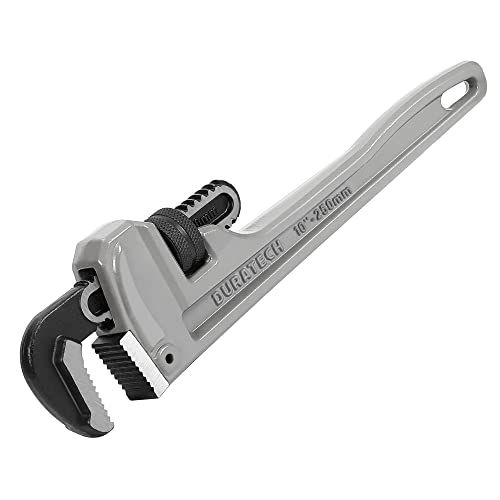Understanding Circular Saw Blades: A Quick Overview
What is a Circular Saw Blade?
A circular saw blade is an essential component of a power saw that features a toothed disc, designed primarily for cutting through various materials. When we talk about circular saw blades, we’re referring to the sharp, rotating blades that help make precise cuts in wood, metal, plastic, and other substances. They come in different sizes, types, and materials, which all play a crucial role in determining how effectively and efficiently a circular saw will perform.
How Do Circular Saw Blades Work?
Circular saw blades spin at high speeds, which allows them to slice through materials quickly. As the blade rotates, the teeth engage with the material being cut. The design of these teeth, along with their spacing and material, will influence the quality of the cut and the speed at which the saw can work. Understanding how these factors come together will help us select the right blade for each specific project we undertake.
Types of Circular Saw Blades: Finding the Right Fit for Your Projects
Common Types of Circular Saw Blades and Their Uses
There are several types of circular saw blades, each tailored for specific purposes. For instance, a general-purpose blade featuring alternating top bevel teeth is versatile for crosscutting and ripping wood. On the other hand, a fine-tooth blade is ideal for smooth finishes in plywood and laminate. For cutting metal, a carbide-tipped blade will reduce wear and provide cleaner cuts. Understanding the differences between these blades can significantly improve the results of our projects.
Specialty Blades for Specific Tasks
In addition to standard blades, specialty blades are also worth considering. For example, a demolition blade is designed for rough cuts through wood and nails, while an abrasive blade is effective for cutting through hard materials like concrete or tiles. If our projects require gourmet precision, we might even look into a plywood or laminate blade to ensure flawless results. By selecting the right type of blade, we guarantee our projects not only meet but exceed the required standards.
Choosing the Right Material: How Blade Composition Affects Performance
Understanding Blade Composition
The composition of a circular saw blade significantly influences its performance, durability, and cutting ease. Blades can be made from various materials, such as high-speed steel (HSS) or carbide-tipped composites. HSS blades are affordable and suitable for occasional use, whilst carbide-tipped blades carry a higher initial cost but expect a longer lifespan and improved cutting performance with less heat generation. This is especially useful for those of us who undertake frequent and demanding projects.
Considerations for Material Choice
When selecting a blade, think about the material we will be cutting and how often. If our projects require cutting through hardwoods and tougher materials, investing in a carbide-tipped blade is a wise choice for its longevity and effectiveness. For individuals working with softer woods or infrequent tasks, an HSS blade may suffice and save costs.
Blade Size and Teeth Count: The Impact on Cutting Efficiency
The Importance of Blade Diameter
Blade size is crucial as it directly affects the cutting depth and the type of cuts we can make. Standard circular saw blades typically range from 7-1/4 inches to 10 inches in diameter. A larger diameter allows for deeper cuts, making it more suitable for thicker materials. Conversely, smaller blades are easier to control and manoeuvre, ideal for more precise jobs.
Teeth Count and Cut Quality
The number of teeth on a blade also plays a pivotal role in our cutting experience. Blades with fewer teeth cut faster and are better for rough cuts, while those with more teeth offer smoother, finer cuts, ideal for finishing work. As a rule of thumb, we should consider a blade with 24 to 30 teeth for general cutting, while finer cuts could benefit from a blade with 60 teeth or more. Matching the teeth count to our cutting needs ensures both efficiency and the quality of our finished product.
Maintenance Tips for Longevity: Keeping Your Circular Saw Blade in Top Shape
Regular Cleaning and Inspection
To keep our circular saw blades in optimal condition, regular maintenance is vital. After each use, we should remove any accumulated sawdust, resin, or debris that can dull the blade or affect performance. This can be easily done with a soft brush or cloth. Furthermore, it’s worth inspecting the blade for any nicks or wear. Noticing issues promptly can prevent larger problems down the line.
Proper Storage Techniques
Storage is just as important as maintenance. Ideally, blades should be stored flat, in a blade guard or organized case, to prevent any damage to the sharp edges. Avoid stacking blades on top of each other to reduce the risk of dulling them. By taking these simple steps, we can extend the life of our saw blades, ensuring they remain functional and effective for all our cutting needs.





































